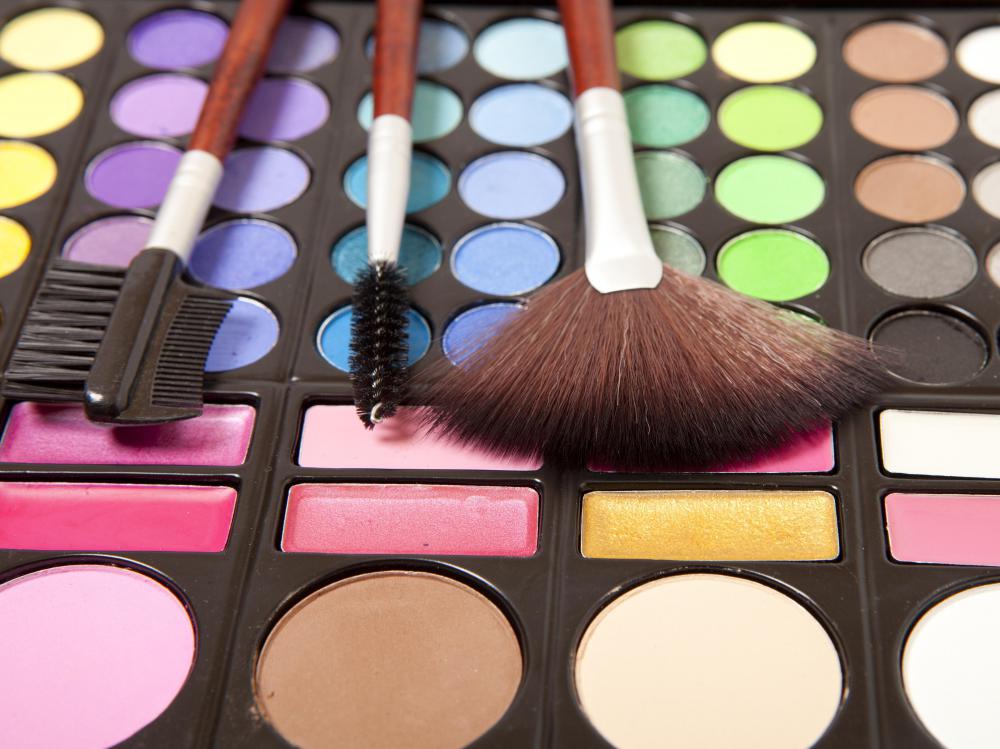At WiseGEEK, we're committed to delivering accurate, trustworthy information. Our expert-authored content is rigorously fact-checked and sourced from credible authorities. Discover how we uphold the highest standards in providing you with reliable knowledge.
What Are the Concerns about Toxins in Cosmetics?
Toxins in cosmetics can cause minor problems such as redness or mild irritation. These ingredients can result in a broad range of more serious problems too, such as eczema, cancer, or infertility. Furthermore, using such products can also pose risks to the environment by contaminating water supplies or jeopardizing plant or animal health.
Many consumers do not realize that toxins in cosmetics can create a wide range of problems. Some of the ingredients that are used in topical products are harsh chemicals that are also used in industrial products. They are not recommended for application to the skin, but cosmetics companies use them for various reasons, such as to act as preservatives or emulsifiers.

The skin is a living organ, and if it comes into contact with certain items, such as those that are acidic or alkaline, the consequences can range from mild irritation to eczema. Some ingredients can rob the skin of its natural nutrients or cause discoloration. As the skin is porous, it can also allow the toxins in cosmetics to enter the bloodstream.
Various products can have different types of toxins and therefore may present different risks. For example, mercury, formaldehyde, and coal tar are ingredients that may be found in cosmetics, but they are also classified as carcinogens. This means that they are substances that are known to cause or incite cancer, a potentially fatal disease whose occurrence has drastically increased over the past century. It is also a disease that commonly affects middle-aged and senior women, who also tend to be heavy users of cosmetic products.
Toluene and dibutyl phthalate are examples of ingredients that are classified as reproductive or developmental toxins. This means that these items can have negative effects on the reproductive system, such as causing toxicity or resulting in infertility. These ingredients may also pose risks to fetuses.
Some people live in nations that offer them a greater degree of protection than others. It is not uncommon to find that an ingredient that is banned in the European Union (EU), for example, may be readily used in products in the US. This inconsistency regarding the regulation of toxins in cosmetics can create a problem for travelers or expatriates. As certain ingredients are banned in their native countries, they may not even be aware to look for them when they are in foreign territory.
While human health is a priority, another problem with the toxins in cosmetics is that they can have negative environmental effects. When toxic products are washed down the drain or spilled on the ground, they can contaminate the soil or water supply. This can have a negative impact on plant growth. It can also lead to the death or mutation of sea life or other animals.
AS FEATURED ON:
AS FEATURED ON:











Discuss this Article
Post your comments